The Impact of AI on Gymnastics
Artificial Intelligence (AI) is rapidly transforming industries around the world — and gymnastics is no exception. From judging and coaching to club management and athlete development, AI is unlocking new possibilities across every level of the sport.
As we move into an era of increased digital capability, AI offers gymnastics a way to become more consistent, more accessible, and more efficient, without losing the artistry and human connection that define the sport.
1. Smarter Coaching & Athlete Development
One of the most exciting applications of AI in gymnastics is its potential to support coaches and gymnasts in refining technique and tracking progress.
AI-powered video analysis tools can break down skills frame-by-frame, highlighting body angles, shapes, and form errors that may be difficult to spot in real time. These systems can assist with:
Detecting bent legs, flexed feet, or early twists
Comparing current performances with earlier ones to track improvement
Suggesting corrections or optimal technique based on elite standards
Over time, this helps create more accurate feedback loops between gymnast and coach, allowing for faster, more targeted development.
2. Enhancing Judging Consistency
Gymnastics judging can be complex, subjective, and sometimes inconsistent — especially in large-scale or virtual competitions. AI can help here too, by acting as a second pair of eyes for judges.
Computer vision models can be trained to recognize technical errors, measure angles, and verify skill completion. This doesn’t replace human judges, but it can:
Provide immediate replays with visual overlays
Support decision-making with objective data
Improve fairness across regions and events
As virtual competitions grow (such as through platforms like Elevien), AI support will be key to maintaining consistent, credible results at scale.
3. Opening Doors Through Virtual Competition
Virtual competitions are a game-changer for grassroots and lower-level gymnasts. They reduce travel costs, increase participation, and allow for flexible formats. AI plays a major role by:
Verifying video authenticity and angle compliance
Assisting with automatic scoring or pre-scoring
Managing upload, review, and feedback workflows
This creates a pathway for every gymnast to compete, not just those in high-performance environments. It’s a key step toward inclusivity in the sport.
4. Smarter Club Management
Outside the gym floor, AI also supports the business side of gymnastics. Club management software with AI can help with:
Predicting class demand and optimizing timetables
Identifying gymnasts at risk of dropping out based on attendance or engagement trends
Automating admin tasks like billing, registers, and coach deployment
For growing clubs, this is crucial. It frees up time for coaches and owners to focus on people — not paperwork.
5. Fan Engagement and Media
AI tools can also elevate gymnastics as a spectator sport. With highlight automation, instant scoring graphics, and interactive data during competitions, fans can experience routines in a more engaging, informed way.
For example:
Parents can receive automatic highlight reels of their child’s routine
Clubs can showcase gymnasts’ best moments across social media instantly
National leagues can provide live, data-rich leaderboards to build momentum and excitement
Looking Ahead
AI won’t replace coaches, judges, or gym owners — but it can amplify their impact. The future of gymnastics will still be powered by passion, hard work, and community. What AI offers is a set of tools to:
Level the playing field
Improve the quality of coaching and judging
Reach more gymnasts, more fairly, with fewer resources
Whether you're running a club, judging a comp, or training for a routine — AI is here to help. The key is embracing it thoughtfully, with the gymnast’s experience always at the heart.
